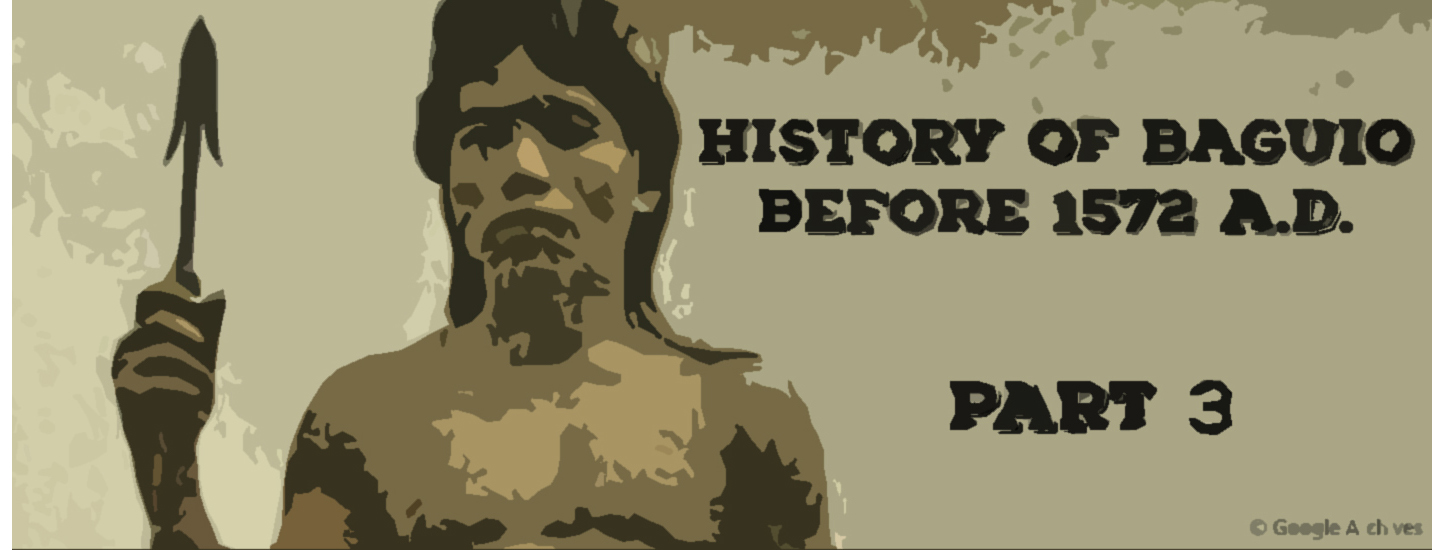
American Period
A Spaniard told an American Zoologist named “Dean Conant Worcester” in 1892 about the beauty of this place. This was when Americans took interest in the land of Ibalois.
In the beginning, They started their journey from Manila to the port of San Fernando, La Union. From there they went on the road to Naguilian and sheltered there. Next, they reached Sablan and after hundreds of years, they reached a wonderful region of pine parks.
The main source of income during this time was mining. And most businessmen were Chinese traders years ago.
Even before 1909 AD, Baguio has already declared the Summer Capital of the country. The area was only accessible with horses and donkeys at that time. In the long run of the American occupation, built a highway known as “Kennon Road” with the help of Filipino, Japanese and American builders supervised by Col. Lyman Kennon.
The adaptation of the names of the Americans who spearheaded support to this city of pines was very much observed in these days. Such examples are, Harrison Road named after Governor General Francis Burton Harrison who supported the development of Benguet hill station; Camp John Hay which was also the former John Hay Air Base and as a recreation center of the Americans during the McKinley and Roosevelt time, which at that time named after the US secretary John Hay. Another one is Malcolm Square derived from the name of the one who drafted the charter of Baguio to become a city in the year 1909.
Also, one place that Baguio City is very known for is Burham Park designed by an American architect Daniel Burnham.
Up to date, it is said that Baguio City is the only American city in the Philippines which is much influenced by its American conquerors as seen on the city’s government structures, street names and tourist spots.
최신 글
카테고리
보관함
Calendar
| 월 | 화 | 수 | 목 | 금 | 토 | 일 |
|---|---|---|---|---|---|---|
| 1 | 2 | 3 | 4 | 5 | 6 | |
| 7 | 8 | 9 | 10 | 11 | 12 | 13 |
| 14 | 15 | 16 | 17 | 18 | 19 | 20 |
| 21 | 22 | 23 | 24 | 25 | 26 | 27 |
| 28 | 29 | 30 | ||||